14 July, 2021
PGD Preimplantation Genetic Diagnosis

Nowadays, science allows us to know more and more about our genetics and that means that when it comes to having children, this is also an important aspect to be considered.
It is increasingly common to add genetic tests to fertility treatments. From a simple karyotype to the parents, as a more detailed study of the future babies´ genetics.
What is the PGD?
The Preimplantation Genetic Diagnosis, also known as PGD, consists of the analysis of the genes of the pre-embryos and the detection of abnormalities and diseases.
Thanks to the study of the DNA of pre-embryos, it is possible to know if there are variations in their sequences or number of chromosomes and if these will lead to possible diseases.
Prior to the analysis, the medical team will request genetic studies on the couple (karyotype and perhaps other more specific ones if they already have knowledge of carrying a disease), the family history will be studied, and the final step would be to understand the reason for performing a PGD and which type would be carried out.
Once all the tests and diagnoses are done, the ovarian stimulation and the in vitro fertilization process (IVF) through ICSI (Intracytoplasmic Sperm Injection) will begin.
The resulting pre-embryos with optimal quality will be biopsied, frozen and subsequently genetically analyzed.
What types of PGD are available?
Within the PGD, also known as PGT, there are two different types:
– PGT-A: To detect aneuploidies (alterations on the number of the pre-embryos´ chromosomes). For example: Turner syndrome (in which there is a total or partial absence of the X chromosome) or Down syndrome (when instead of two chromosomes of pair 21 there are three).
– PGT-M: To detect monogenic diseases, that is, hereditary diseases that, after initial studies, it is known that the parents are carriers of some type of disease that can be transmitted to pre-embryos.
–PGT-SR: To detect altered chromosomes due to the breakage or abnormal union of segments. These alterations can lead to abnormal genes ‘expression, leading to abnormalities in the embryo.
Once the PGD results are obtained, patients will be informed and can begin endometrial preparation.
When the endometrium is ready
Endometrial preparation is carried out with the administration of medication that helps us achieve a sufficient thickness of the endometrium, which is very important for the implantation of the embryo to occur.
When the endometrium is ready, those healthy embryos, free of any chromosomal alteration or genetic disease, will be thawed and transferred to the uterus, depending on the type of PGD performed, thus increasing the probability of pregnancy.
In case of having several healthy embryos, those that are not transferred will be kept frozen.
MINIMIZE THE RISK OF TRANSFERING ABNORMAL EMBRYOS
In which patients is the PGD indicated?
This technique is recommended for patients with:
- Any affected child or carriers of a disease.
- Repeated abortions (two or more consecutive miscarriages).
- Advanced maternal age. An increase in aneuploidy (genetic problems) has been observed in pre-embryos as the woman ages.
- Previous failures on IVF treatments.
- Low seminal quality and / or Genetic Male Factor (FMG).
- Others.
What percentage of healthy embryos is achieved with this technique?
The percentage will depend a lot on the age of the patients and their genetic history.
It could be said that approximately in patients under 35 years of age the percentage of healthy embryos is 60-70% of the total biopsied, but as age increases, it decreases to less than 15% (in women over 40 years of age).
How long do the results take to get ready?
Results in deferred PGD cycles usually take 3 to 6 weeks, depending on the laboratory in charge of the genetic analysis. These types of cycles require a longer time to biopsy and study the genetics of the pre-embryos.
Even if I am not in the risk group, can I have a PGD for safety?
Yes, although PGD tests are usually indicated as something essential for a cycle of assisted reproduction in patients with genetic diseases or with alterations in their karyotype, which may lead to possible alterations or diseases in their offspring.
And, of course, in cases where patients wish to minimize the risk of abnormal embryo transfer.
The PGD test is a technique that has its advantages, but it also has its risks. Thanks to this genetic study we can transfer beautiful and healthy embryos, thus increasing the chances of pregnancy by embryo transfer, but performing a PGD has a certain risk derived from the procedures to which the pre-embryo is subjected throughout the entire technique.
For this reason, it is very important to have good advice from gynecologists, geneticists and embryologists, to personalize your assisted reproduction treatment as much as possible.


Back to blog
In other news

6 October, 2021
Fertility terms you may not know yet IV
11 October, 2021
What are the advantages of taking embryos to blastocyst stage?
Miriam Valcarcel Embrióloga en HC Fertility Marbella ...
[Continue reading ]


